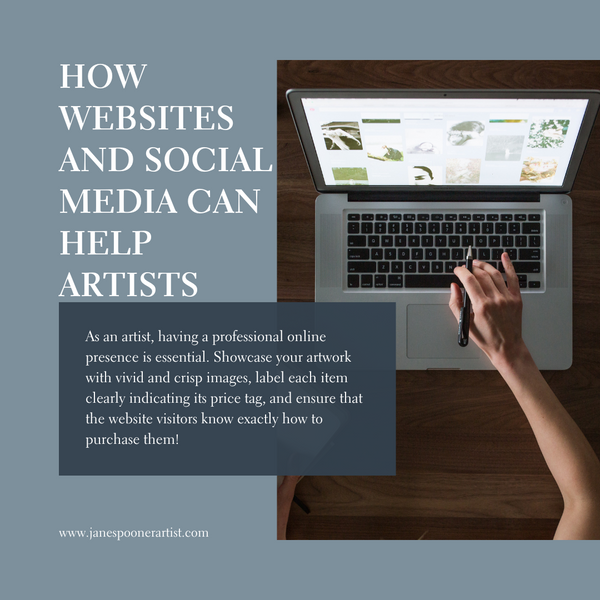 We are supported by our visitors. If you click through our links & make a purchase, we may earn an affiliate commission. Learn more
We are supported by our visitors. If you click through our links & make a purchase, we may earn an affiliate commission. Learn more
As a 25-year veteran of Graphic Design, I can tell you that nailing your logo brief is the key to getting exactly what your business needs in terms of identity and branding. But before diving into it—here's my advice: familiarise yourself with all the elements required for an effective creative brief as well as some handy design lingo meant to help steer designers towards best representing who you are. Once you finish reading this guide, writing powerful briefs will be like second nature, giving both parties everything needed for developing meaningful logos!
What is a logo design brief?
A logo design brief is a document that tells a designer everything they need to know to make your ideal logo. This usually includes baseline information about the company, what style you want the logo in, project deadlines and budget. If any of this information is unclear, it could cause problems between you and the designer (and an unsuccessful logo), so follow these steps closely!
1. Provide information about your business
Before you get too excited about the visuals in a logo design brief, it's important to understand the reasoning behind it. In other words, designers should know more about you and your business before they start creating something for you. A good designer isn't just someone who can use Photoshop; they also have an understanding of people, products, and industries, which helps inform their creative decisions.
Describe your product, target audience and industry
Depending on the product, audience or industry, different design techniques work better. Good designers know this and take it into account when creating something new. To help them do this, you should share as much information with them as possible. This includes things like customer lifestyle habits, manufacturing process steps or competitor analysis in your field.
Describe your brand values
After you establish your brand values, it becomes easier to determine the corresponding design style. For example, if your overarching value is 'modern,' then your logo should have sleek lines and a minimalistic colour scheme. If 'vintage' is more your thing, then the logo could include an antique font or imagery.
Provide your company name
This point may seem like a no-brainer, but you'd be surprised how often it's overlooked. Be explicit about what you want the finished product to look like: do you want all capital letters? Should there be spaces between words? Would it matter if everything appears on one line or multiple lines?
Provide your slogan (if needed)
In some cases, slogans are embedded into a design and can’t be removed from a logo. Think long and hard about whether you want one in your logo. Or, if you want something more flexible, you can make sure to let your designer know you need it to be removable.
2. Communicate your desired logo style
Express what type of logo you need
If you are unsure of the format for your logo, don't worry! You can save time during the design process by specifying a few potential formats that you think might work. Your designer(s) will be able to show you a couple of different options and help narrow down the best choices for your business.
Design style
There are many different styles of logo design, such as vintage, flat or minimal.
Colours
Keep in mind that professional designers already have an idea of which colours will work best for your company. However, if you have specific colour suggestions, don't hesitate to include them in the brief. Your suggestions can be as general as “blue and black”, or, for a more precise suggestion, you can provide images with examples of specific colour values.
Inspiration (e.g. mood board)
A mood board is a versatile tool that can be used for many purposes. For example, you can use it to store photos featuring intricate colour schemes, pictures of how you want your logo to look (e.g. on beer coasters or wooden signs), images of other logos that you like the elements of, or even a current logo that your business has that needs updating.
Describe What Your Company Does in 10 Words or Less
The colour, style, and overall message of your logo all come down to what you're trying to communicate through your brand. This can be expressed in just a few words, which will help guide your logo designers. A list of descriptive words or phrases related to your business, like “construction” “home improvement” “quality” or “professionalism”.
3. Clarify timing and budget
Timing
The design process is an ongoing journey, not a one-time event. Even though sometimes a great logo design can come about in just a few hours, it usually requires the designer to experiment and explore different options first. Consequently, if you want amazing designs, give your designers more time to work on them instead of putting pressure on them for rush jobs
Of course, our designers are always willing to take on rushed jobs if necessary. However, whenever possible, try to plan ahead and start the design process long before your business launch date so that revisions can be made along the way without feeling rushed. A good rule of thumb is budgeting 2-4 weeks for the entire project (or being willing to pay extra for the goal job!)
Budget
When crafting your logo design brief, addressing the budget aspect may seem daunting, but it's a crucial conversation to ensure you stick to your financial plan! If discussing money feels uncomfortable or you prefer maintaining a set budget, consider exploring alternatives like
99Designs. This platform offers a seamless connection between designers and clients worldwide, catering to custom graphic design needs. Whether you opt to hire a skilled designer directly or initiate a design contest,
99Designs provides transparent pricing options to facilitate your project smoothly. If your service provider charges hourly, don't hesitate to request an estimated timeframe for your project's completion.
Conclusion:
Designing a logo can be a fun and exciting process, but it's important to remember that a great logo doesn't happen overnight. It takes time for your designer to explore different options and create something that truly represents your company. In order to make the most of this process, be sure to provide as much information as possible in your design brief. This will help ensure that you get the perfect logo for your business. Don't forget to budget enough time and money for the project!
Join me in spreading the word! I'm sharing this inspiring article on Pinterest and invite you to do the same. Let's make sure everyone has access to great ideas, insights and knowledge—our way of helping each other grow! Click the below image and help share these ideas now. Let’s make sure no one misses out! ↓
Related Posts

As an artist, having a professional online presence is essential. Showcase your artwork with vivid and crisp images, lab
Read More
In times of despair, find solace in art. Painting can give you a refuge where you can express your innermost feelings in
Read More  We are supported by our visitors. If you click through our links & make a purchase, we may earn an affiliate commission. Learn more
We are supported by our visitors. If you click through our links & make a purchase, we may earn an affiliate commission. Learn more



